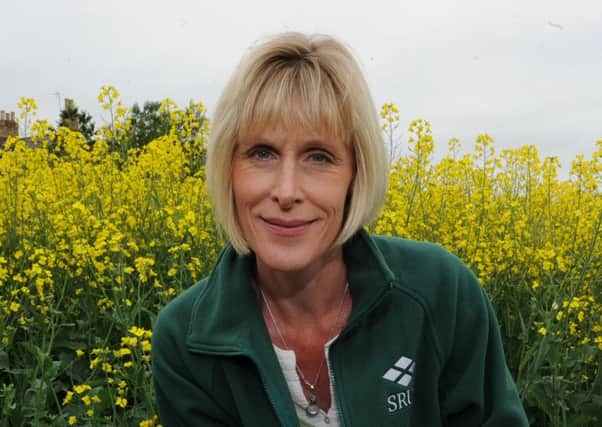Online pest management study can help growers


As head of crops and soil research at SRUC (Scotland’s Rural College), Burnett has spent her career assessing crop risks and recommending agrichemical treatment. That is still the case, but she told visitors to yesterday’s Cereals in Practice event at Oldmeldrum there was now a need to pull together all resources to better effect.
“We have fuelled a system that is high yield but low disease resistance,” she added. As an example, she quoted the SDHI family of fungicides which had “propped up” the ageing azole products. Now SRUC clinics were picking up mutations of cereal fungal diseases which were in some cases overcoming SDHIs.
Advertisement
Hide AdAdvertisement
Hide Ad“There is yellow rust here now in the north-east which is quite unusual. We are seeing a major reshuffle in yellow rust races and growers will need to keep looking at their crops,” Prof Burnett said.
The new IPM tool – available to all growers whether they are members of SRUC’s SAC Consulting division or not – comes in the form of an online questionnaire. Answering 30 questions about the farm’s approach to pest management will be enough to allow an IPM plan to be formulated and returned to the grower. The service is free, sponsored by Scottish Government, and can be accessed at http://bit.ly/pestmanagementplan.
Meanwhile, Dr Bill Thomas of the James Hutton Institute used Cereals in Practice to outline work he and his team have been undertaking to compare the malting qualities of winter and spring barley varieties.
The JHI team is now carrying out DNA analysis aimed at identifying the genes which confer a higher spirit yield, most usually seen in spring barley.
He said: “Previously we did not have the complete genome of the barley crop but now that it is available we know where we can insert the genes that promote the enzymes responsible for better fermentability.”
This work has resulted in a conventional crossing programme being undertaken with the first potential varieties in multiplication this year. Field trials will follow in 2017 and the resulting crop will undergo micromalting tests.
Dr Thomas said: “It is likely that we will then hand over to the commercial breeding companies who will take three or four years to complete the work.”
Six commercial companies are waiting. If they are successful, winter barley could gain a new importance in Scottish crop rotations.
